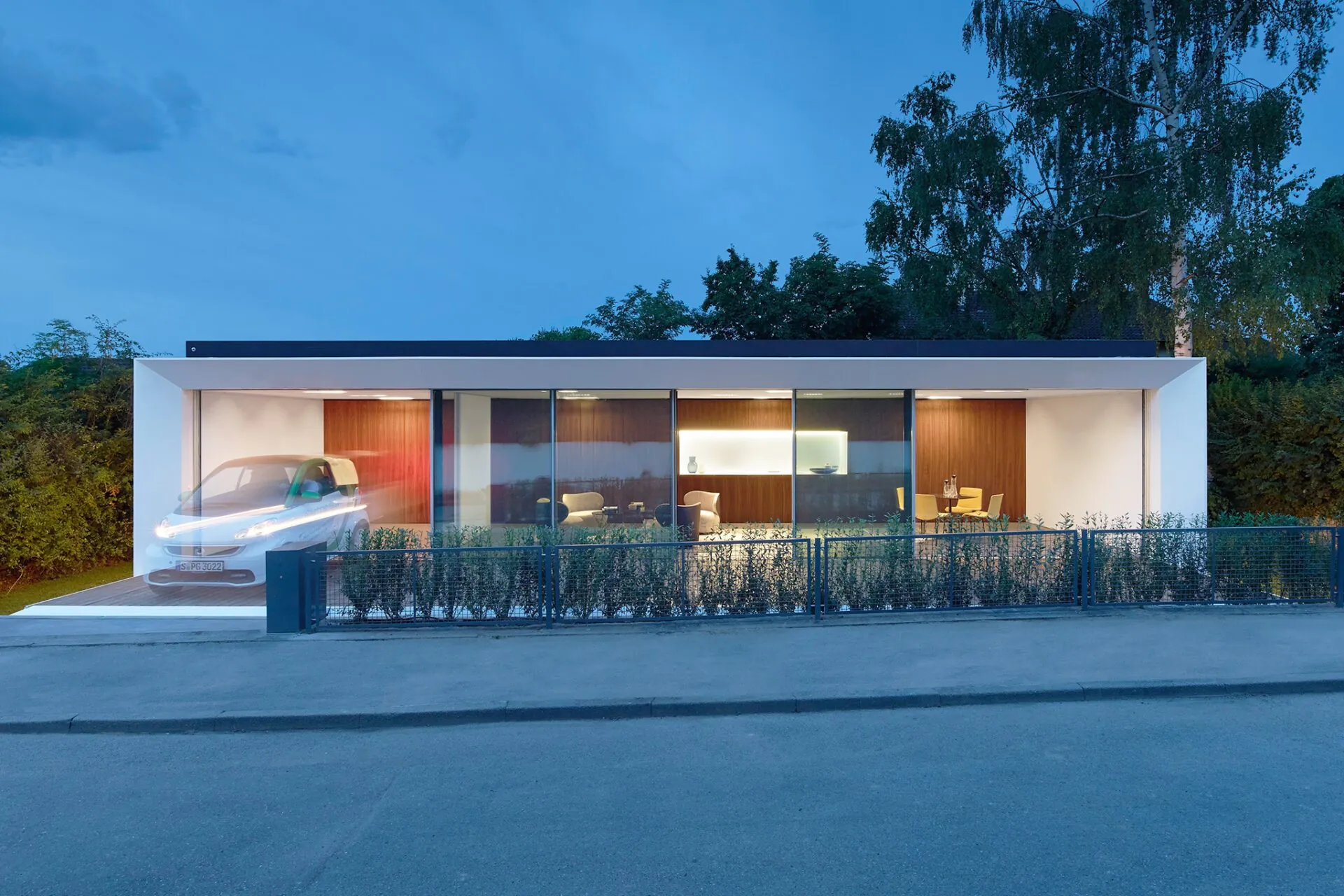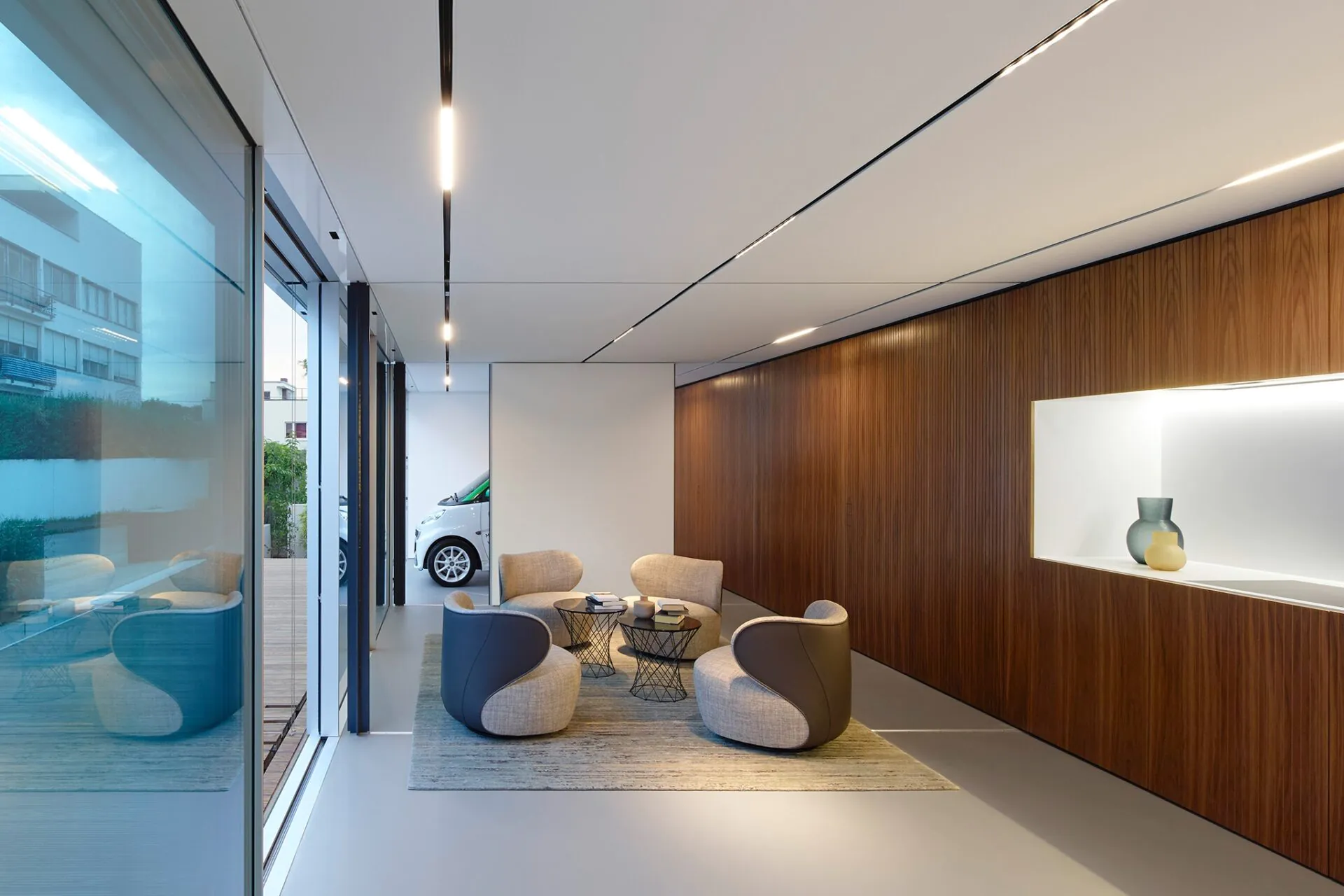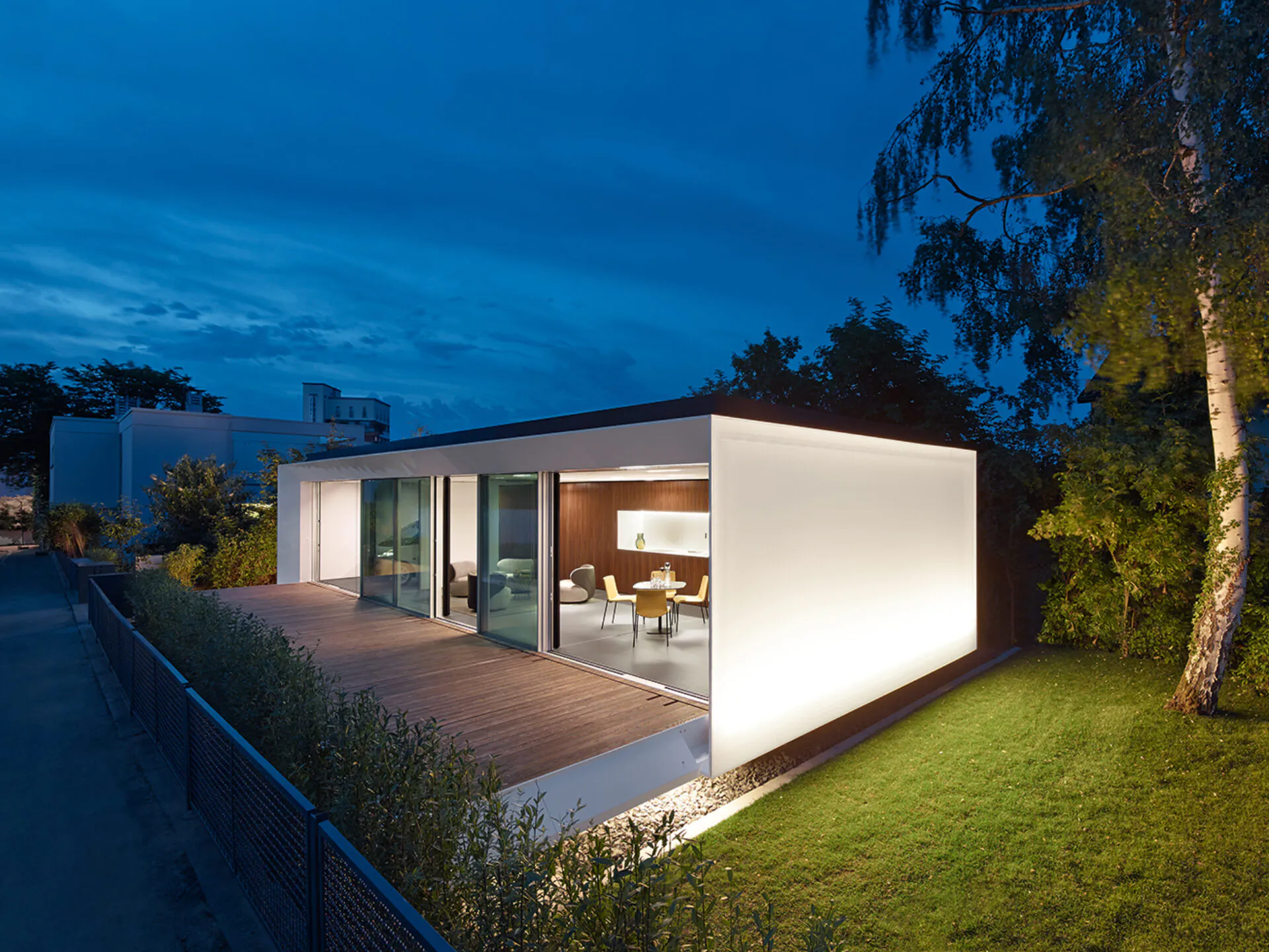We are privileged to present an exclusive dialogue with Prof. Dr. Sobek, a highly esteemed figure in the field of architecture. Our conversation focused on two important issues: technological innovation and its transformative role in contemporary architectural practice.
© A. T. Schaefer
Werner Sobek is an architect and consulting engineer. He heads the Institute for Lightweight Structures and Conceptual Design (ILEK) at the University of Stuttgart. From 2008 until 2014 he was also Mies van der Rohe Professor at the Illinois Institute of Technology in Chicago and guest lecturer at numerous universities in Germany and abroad, e.g. in Austria, Singapore and the USA (Harvard). In 1992, Werner Sobek founded the Werner Sobek Group, offering premium consultancy services for architecture, structures, facades and sustainability. The Werner Sobek Group has offices in Stuttgart, Dubai, Frankfurt, Istanbul, London, Moscow, and New York. All its projects are distinguished by high-quality design and sophisticated concepts to minimize the consumption of energy and materials.
In this context, we recommend to take a look at the project Aktivhaus B 10 at:

Aktivhaus B10 - Front

Aktivhaus B10 - Interior

Aktivhaus B10 - Side
© Zooey Braun
Ficture Architecture: Prof. Dr. Sobek, how do you define the term innovation in your respective field and how do you implement it in your work?
Prof. Dr. Sobek: For me, innovation means the impetus to expand upon the known world, the terra cognita, to leave it and find a way to the terra incognita. This is a journey you can only embark on once you know the boundaries of the terra cognita. Knowing where the boundaries lie requires many years of hard work and assistants with excellent qualifications. Once we have recognized the limits, we try to surpass them via other disciplines, always in the knowledge that the danger of dilettantism increases the more we move away from our own disciplines. We aim to garner expertise in an area in which no one can claim absolute expertise: the area of interdisciplinary studies. This method of cooperation is based on discussion, the supervision of each other’s designs, working together to supervise dissertations or PhD theses, or, in the field of research, through cooperation between various institutes and/or companies. The most important things are the mutual appreciation of each other’s work and the knowledge of the language, values and methods of the other disciplines. Accepting and valuing each other is the basic requirement for successful interdisciplinary work.
Ficture Architecture: How are new technologies changing the way we design, produce and consume?
Prof. Dr. Sobek: New technologies offer fascinating possibilities for the design and production of material goods and immaterial services. In the building sector, the most striking influence (at least visually speaking) of new technologies certainly is the implementation of ever more complex geometries in the structures and facades of contemporary buildings. However, many basic needs and challenges remain completely unchanged despite all the technological advances we have seen over the last decades. The need to design buildings that are comfortable, affordable, ecological and beautiful at the same time still is the most important challenge architects and engineers have to face every day.